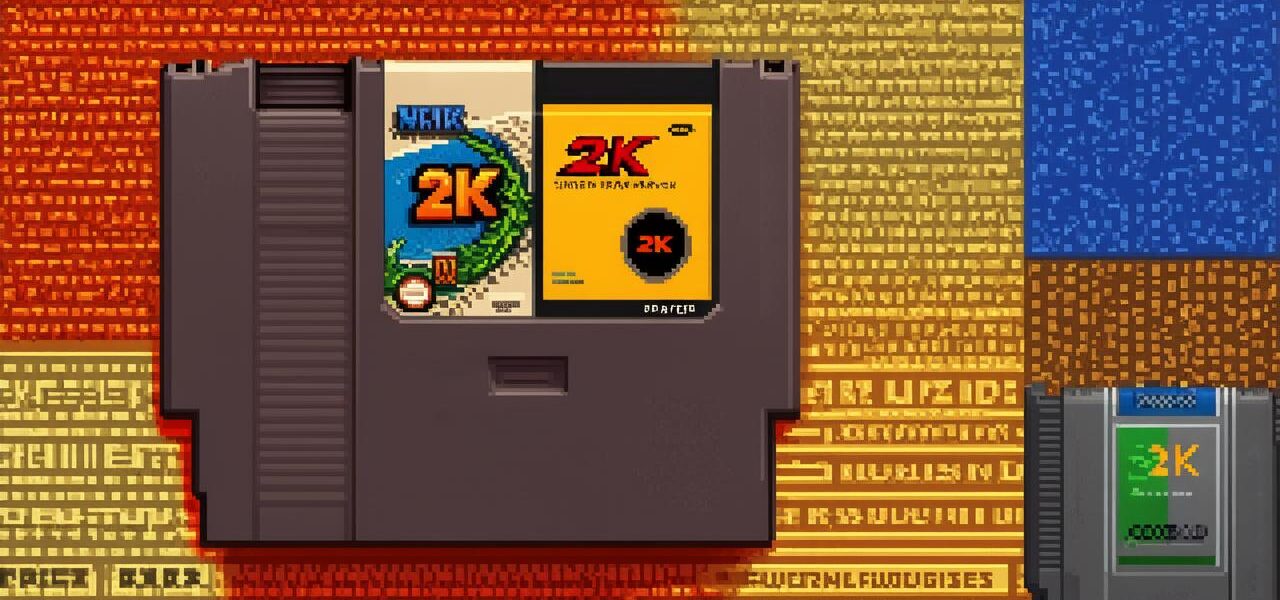The world of video games has come a long way since the early days of arcade machines and home consoles. From simple Pong clones to complex, open-world adventures, video games have captured our imaginations and provided endless hours of entertainment for generations.
The Early Days: ROM Cartridges
Before we dive into the world of video game cartridges, let’s take a trip back in time to the early days of home consoles. In the late 1970s and early 1980s, video game consoles were still in their infancy, with early models like the Atari 2600 and Intellivision struggling to gain traction in a crowded market.
One of the biggest challenges faced by these early consoles was storage space. Games needed to be compact enough to fit into a console’s cartridge slot, while also containing all the code and data necessary to run the game.
This led to the development of read-only memory (ROM) cartridges, which used special chips to store game data permanently.
These ROM cartridges were made by a variety of manufacturers, including Atari, Intellivision, and others. However, they had their limitations. Because the data was stored on a chip, any changes made to the game code would require a new cartridge to be produced. This made it difficult for developers to release updates or patches, and limited the potential for future games.

The Rise of Cartridges: Cassette Tapes and CD-ROMs
As technology advanced, video game cartridges began to evolve. In the mid-1980s, cassette tapes emerged as a popular medium for storing game data.
However, cassettes had their own limitations. They were slow to load and prone to tangling, which could cause game crashes or data corruption. This led to the development of CD-ROMs in the early 1990s, which offered faster loading times and more storage space.
CD-ROMs were made by a variety of manufacturers, including Sony, Sega, and Nintendo. These discs quickly became the preferred medium for video game cartridges, and remained so until the advent of digital distribution in the late 2000s.
The Modern Age: Digital Distribution and Beyond
In recent years, technology has continued to advance at a rapid pace, with digital distribution becoming increasingly popular for video games. Services like Steam and the PlayStation Network have made it possible for gamers to download and play games instantly, without having to physically insert a cartridge into their console.
However, physical game cartridges are not entirely obsolete. Many modern consoles still use cartridges, including the Nintendo Switch and the PlayStation 4. These cartridges offer some advantages over digital distribution, such as the ability to play games on the go without an internet connection.
The Future of Video Game Cartridges
As technology continues to evolve, it’s likely that video game cartridges will continue to adapt and change as well. One area of interest is the use of solid-state drives (SSDs) in place of traditional hard disk drives (HDDs).




